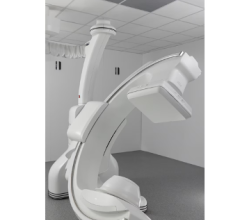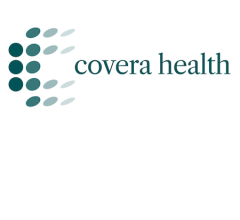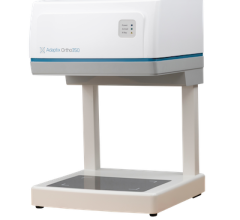
Jeremy Enfinger
Like Californians waiting for the next earthquake, we all know that healthcare reform is coming. Similarly, we do not know exactly when it will arrive, what kind of damage it will cause, how it will affect us in our immediate surroundings or what we can do, specifically, to prepare for its arrival. All we can tell for now is that it will impact us financially with a decrease in Medicare reimbursements — and we can safely assume similar effects with insurance reimbursements.
In a time when a majority of hospital systems are already in the red and rumors of layoffs fill the halls, we must hastily take steps to prepare our institutions for the impending “shake up.” As a radiologic technologist working in a hospital environment for a number of years, I have several recommendations about what hospitals can do, based on my observations:
• Equipment replacement — If your hospital system has older equipment that needs to be replaced, there are several criteria to consider when deciding which equipment will be replaced and in what order.
Each piece of equipment has a “lifetime expectancy” assigned by the manufacturer. You should have an inventory of your equipment that includes this statistic. Some equipment can perform well beyond the expected life, but be prepared to spend money when this time approaches, and know whether or not replacement parts are still being made for some of your “dinosaurs.“
You also should perform an analysis of equipment down-time and repair costs. If you have two rooms with 10 years difference between their manufactured dates, but one of the rooms is down 50 percent more often than the other, you may wish to prioritize its replacement.
Exam volume for each room is another important detail. As Indiana Jones once said, “It’s not the age, it’s the mileage.”
When it comes to replacing a system, you may want to consider limiting your vendors to two or three choices. You may be tempted to sign a contract with a single vendor for your entire hospital system. But what would keep that vendor from increasing prices down the road if it has a monopoly on your business?
Having more than one supplier keeps prices competitive on equipment and service contract costs. It also gives you negotiating power, due to the high number of purchases that will be made in regards to commission for each piece of equipment. In addition, it provides flexibility of options for other equipment if the demand for variation of services ever arises.
• Standardize supplies — At the system level, and especially if you have multiple hospital sites, standardize your supplies. Supply chain management should be able to gather information, such as which facilities use different supplies to perform the same job, their cost difference, how much of a surplus each facility ordinarily keeps at hand, as well as how often supplies are disposed of because they expire. If you have 10 different hospital locations using four different types of contrast media to perform intravenous injections, you could save a lot of money by simply deciding on one brand of contrast to use. The seller is more likely to cut you a deal for two reasons: you are ordering in bulk and using them as your exclusive vendor. If they are unwilling to negotiate on these items, move on to the next vendor.
• Staffing — Take a good hard look at staffing. The days of staffing five technologists from 7 a.m. to 3:30 p.m. are over. Examine your patient volume. You may find, for example, that between 7 and 9 a.m. you have an increasing volume, but you are not at the department’s peak capacity until about 10 a.m. You can improve your department’s productivity by staggering start times. You may find that lunch breaks are easier to acquire by doing this, and you also might be able to perform the day’s tasks with fewer FTEs due to the additional staffing at shift change periods.
If you have a particular time frame when there are few exams being performed for periods of more than three or four hours, consider an on-call rotation rather than staffing a technologist at all times. Make sure that new hire contracts do not isolate technologists to one particular start time or shift; this needs to be variable.
Another great staffing idea that works in larger hospital systems is creation of a casual float pool. If you have someone on vacation or if a sick call arrives, you can avoid paying overtime by staffing technologists who can be trained and dispatched to any hospital location within your system.
It is difficult to prepare for the unknown. We are bombarded with opinions from experts with opposing views about how healthcare reform will ultimately affect us all. With the knowledge that we will soon have to do more with fewer resources, it is imperative that we move now, start taking ownership of our financial slack and make progressive changes like those listed above if we are to survive.
Jeremy Enfinger is a lead radiologic technologist for Scripps Health in San Diego, Calif. He also is an adjunct instructor at San Diego Mesa Community College.


 December 10, 2025
December 10, 2025 









